When Rolls went hat-in-hand to the Italians
by Wallace Wyss –
You would think that Rolls Royce, being rather stodgy in the ’60s, was doing the right thing to go to an Italian design house for a body style in the ‘70s (the Rolls Royce Camargue).
But they stubbed their toe – badly.
The design, the Camargue, (“CA-MARGUE”) named after an area of France which one tourist site described as “a triangular area lying on the coast between the Languedoc-Roussillon and Provence. It is a river delta where the Rhône meets the sea – a marshy island bounded by two branches of the Rhône and the Mediterranean Sea.”
In other words, a swamp. Bentley was oh so much smarter to call a convertible later on the “Azure,” after the Cote d’Azur where Rolls and Bentleys are found chock-a-block on the Croissette. You want to cruise the Cote d’Azur, you don’t want to cruise a swamp.
Rolls Royce might have thought having an association with a known Italian coachbuilder (Pininfarina) would make a difference. It didn’t. The Rolls Royce Camargue was a dog in sales.
The design was a 2 plus 2 coupe, with a slightly slanted B pillar and sharply slanted rear roof. Its chief contribution to RR design was its slab sidedness, similar to the Fiat 130 coupe also by Pininfarina.
That no coincidence because its designer at Pininfarina was Paolo Martin who did the Fiat 130 Coupé. In front there was a large grille with a pre-war sized Spirit of Ecstasy, the Rolls name for the statue of the naked lady with wings that adorns every Rolls prow.(there’s probably a story on the lady that modeled for the sculpture , but this is a family publication….).
For some reason they tilted the famous Parthenon-style grille forward seven degrees?.(It had been tilted back on a few one -offs for aerodynamic reasons on earlier cars).
Aesthetically I find the Rolls Royce Camargue a clean design but a boring one. One of the worst views is the side where the rear wheelwells seem a foot or two too far forward. One owner wrote on the Bring a Trailer website saying “The standard skinny 15″ wheels and tires look too small for the car. Whitewalls and the dog dish hub caps do not help. I have Continental R style 16″ wider profile R-R alloys with blackballs.”
To be fair there were full mag wheels on a Limited Edition version offered during the run. The rear view looks rather like a ‘70s Chevrolet Caprice. Another wag pointed out Pininfarina had also done a little known commission of a one-off 6.3 Mercedes and that the Roller was just an upsizing of that.
Wikipedia collected some comments that utterly savage its design: “the Rolls Royce Camargue ranked in 2010 as one of the “10 Worst Cars” as chosen by readers of the Globe and Mail ranked 38 in the 2005 book Crap Cars by Richard Porter (the author saying the car “looked utterly terrible) and ranked 92 in a 2008 poll of the 100 ugliest cars of all time by readers of The Daily Telegraph.
Autoblog said the Camargue had been ranked “conspicuously low on the list,” adding the Camargue “really was horrid, no matter how well it sold.” Responding to the Telegraph list, noted automotive journalist James May said the Camargue “is not ugly, either. It has presence, like that pug-faced but well-dressed bloke down at the pub.”
The engine was your basic cast iron block 6.75 liter lump rated at 240 hp., a figure hard to confirm because RR never liked giving hp figures. That engine was mated to a TH400 trans which was made in America by General Motors. Theoretically it could go 128 mph but who would try it? It did not inspire fast driving.
The car cost a lot more than the Silver Shadows of the time and as a result sales were miserable. Only 531 Camargues rolled out of the factory between 1975 and 1986 and only 526 of those were sold (maybe the others were test cars,pre-production prototypes, etc.)
Rolls was also plagued by currency market fluctuations so it cost nearly half a million dollars in some markets, twice the price of the Corniche.
Technically it had but one innovation, a split-level automatic climate control system.
A Few Rolls Royce Camargue Convertibles – All Aftermarket
It only came in a coupe version but this writer has found one converted to a hardtop convertible by Niko-Michael Coachworks, and four or five converted to soft tops (which I saw parked all in a row in the collection of a RR collector in the San Fernando Valley).
I can say the hardtop convertible is a design the factory should have put in production but by the time it was finished the Camargue was out of production and you know they aren’t going to resurrect it just to make a drop-top. The soft top—well, I didn’t see it with the top down but am on the fence on whether that should have been done by the factory.
The same owner that wrote Bring a Trailer about changing the wheels had an opinion about future value: “I don’t expect people to like the car. Most don’t. It’s OK. I believe they are a bargain at the moment. Shadows are a dime-a-dozen. Corniche convertibles are fairly common. The Camargue is different in the extreme. They may never find a following or be very valuable, but you never know. Right now they are barely more expensive than a standard Shadow sedan, and less than a Corniche. They were the pinnacle of Rolls-Royce production in their day, and still a very neat car to own and use.”
I say at this point in time that it’s a car you buy–if you are looking for appreciation potential first and foremost–only at your own risk because there are no indicators at this writing that one is going to “bust through the roof” on value (the roof here being a mere $100,000).
The single thing it has going for its future appreciation potential is the small number made. I always say that I think 1000 units of any car is the “magic number.” There’s even more Ferrari 365GTB/4 Daytonas than that. So it’s twice as rare as a Daytona and styled and bodied by the same coachbuilder as the Ferrari.
By the way, when I was thinking of putting one in my Incredible Barn Finds series, I found there had been a couple Bentley Camargues built but I don’t think they sold for a great bargain, so it’s hard to say if they were “barn finds”unless they end up selling at a future auction at a far larger amount than the last owner paid.
So as automakers around the world occasionally come to the conclusion “The Italians can save us,” this is one example where a world class automaker went there and failed. The Italians can’t save everything….
Let us know what you think in the Comments.
THE AUTHOR: Wallace Wyss is an author and fine artist whose prints of his Ferrari paintings are presently available at the Downtown Bookstore, Riverside, California .
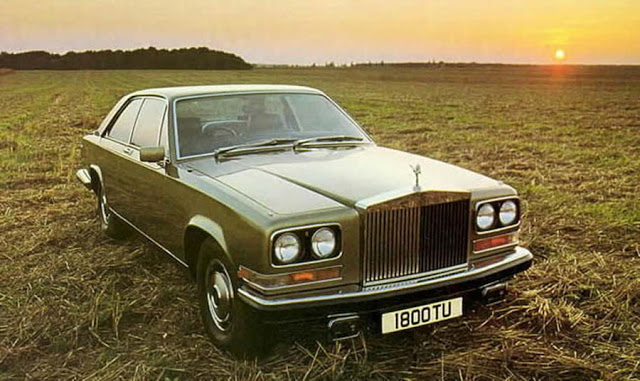
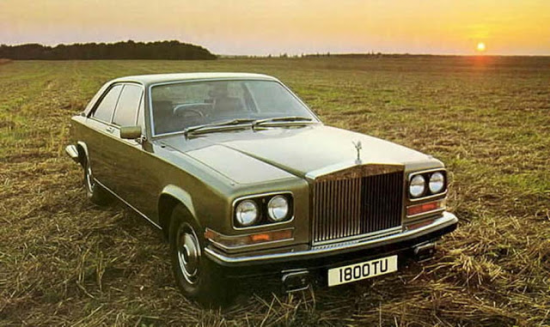
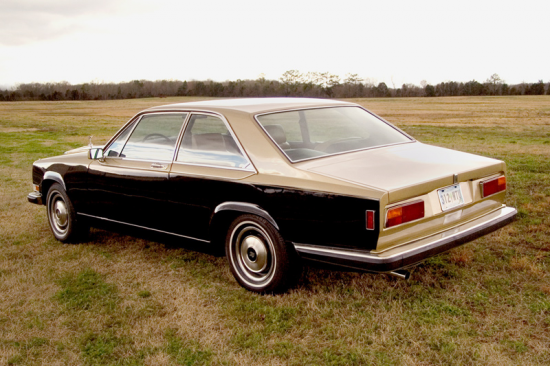
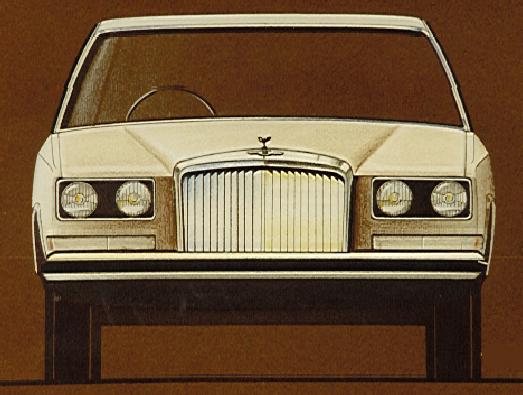
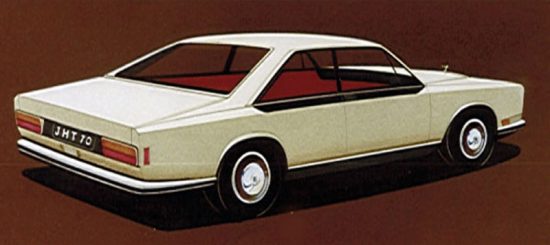

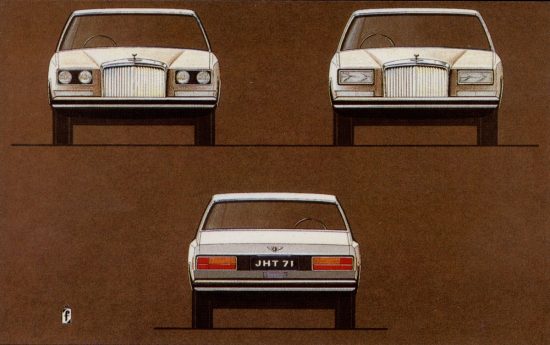
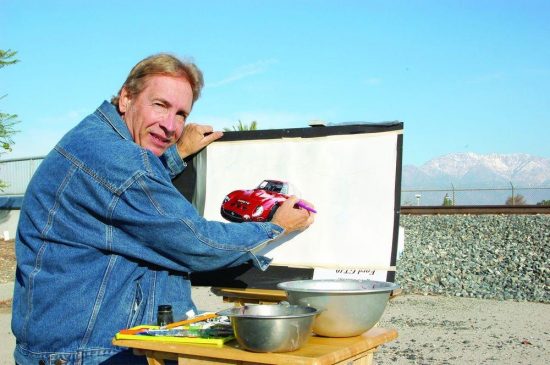
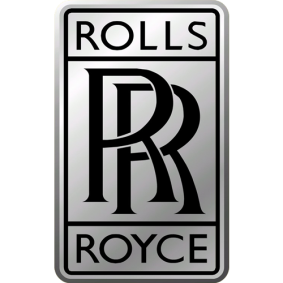


It was big it was bold and it was not attractive…
For something that was intended to be very special, it is pretty ordinary. But it’s an affordable (upkeep aside) Rolls Royce coupe, and that probably makes it worth consideration.
When new. The cost was $90.000 and when production ended circa 1986. The price was about $150.000 when it was dropped from the lineup. The car was a sales flop.